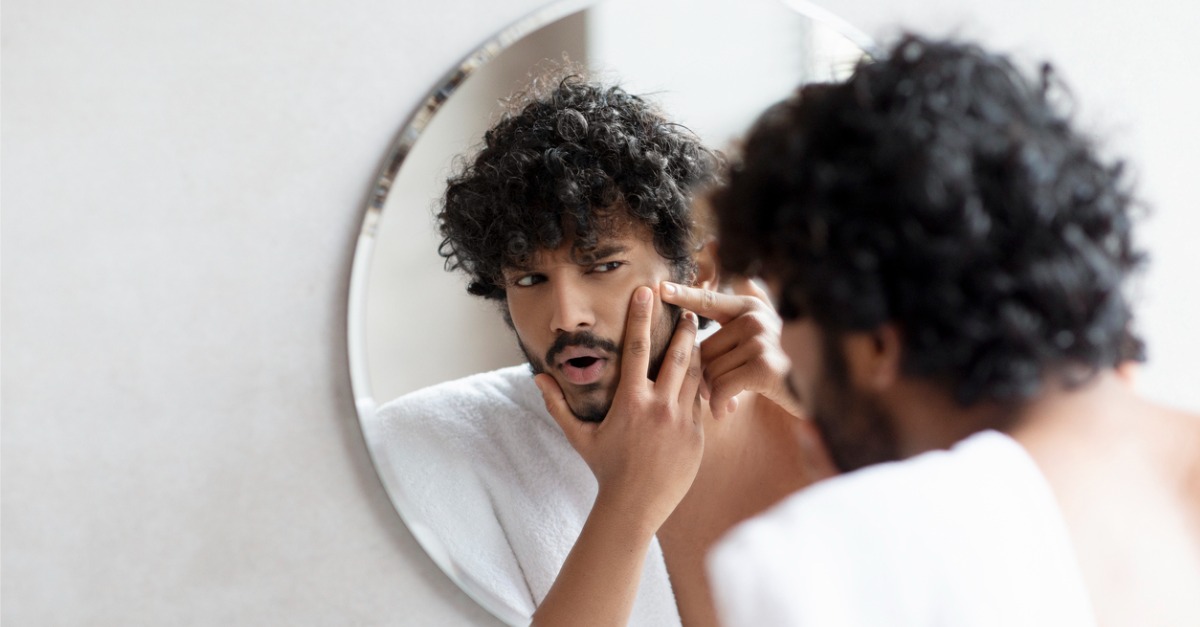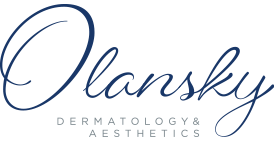Acne involves more than just a few zits that develop from time to time. In this condition, the pores of your skin become clogged, which leads to blackheads, whiteheads, and other blemishes. Whether it develops in teens or adults, acne is broken down into four different types, all of which can impact your quality of life.
The good news is that properly diagnosing acne allows your dermatologist to find and provide the most appropriate treatment method. Here’s a closer look into each type and how it’s treated.
Four Main Types of Acne
Fungal Acne
If you’re experiencing acne that doesn’t respond to treatment, it could be fungal acne. This condition is an overgrowth of yeast on the skin. Frustratingly, it can overlap with other types of acne, and may even result from some acne treatments.
Breakouts from this type of acne typically appear as small, uniform bumps that grow from your hair follicles. They often develop on your forehead, cheeks, upper back and chest, usually in symmetrical rows. Note that fungal acne doesn’t produce blackheads, nodules, and cysts seen in other types of acne.
Since this form of acne is a result of a specific type of yeast, it requires a fungal treatment. We often start by prescribing topical antifungal cream to treat the condition. For more severe cases, oral antifungal medications may be needed.
Cystic Acne
Cystic acne occurs when pus-filled cysts develop deep beneath your skin. These pimples can be painful, large, and may lead to scarring if left untreated. Teens are more likely to develop cystic acne, which forms when bacteria enter pores along with skin cells and oil. Hormonal changes, stress, and a family history of cystic acne can also play a role.
There are several ways to treat cystic acne. Discuss your symptoms with our team to determine which approach is best suited for you. Common treatments include antibiotic creams to eliminate bacteria and reduce inflammation, azelaic acid to control dead skin cells, light therapy, and retinoids or benzoyl peroxide.
Hormonal Acne
Hormonal acne involves breakouts linked to the overproduction of sebum that can occur with hormone changes. While both men and women experience this form of acne, it often develops in pregnant women and perimenopause or with a change in contraception pills or implant devices. Hormonal acne can produce whiteheads, blackheads, and raised bumps or papules. Pustules and cysts may also develop.
The treatment for hormonal acne will depend on the type of blemishes it produces. For blackheads and whiteheads, topical creams may suffice, but severe or cystic acne may call for more aggressive treatment, such as oral antibiotics. In most cases, hormonal acne in women may also be treated using spironolactone or oral contraceptives to regulate your hormones.
Nodular Acne
Nodular acne is a severe, inflammatory type of acne that produces painful, hard lumps deep in the skin that can scar easily. You can tell nodules apart from cysts because they’re solid, instead of filled with fluid. Overactive oil glands and buildup of dead skin cells can lead to this type of acne, which may stem from genetic factors. Oral medications such as isotretinoin and antibiotics are typically needed to control these inflammatory breakouts.
If you’re suffering from any type of acne, our caring team can help. We’ll work with you to identify the type of acne you’re experiencing and pinpoint the most effective treatment options so you can feel comfortable in your skin. Schedule an appointment online or by calling 404-355-5484.


